I have limited time today to write a blog post and last night I was…
Kyoto Report 2024 – 5
This Tuesday report will provide some insights into life for a westerner (me) who is working for an extended period at Kyoto University in Japan.
秋まつり – Sunday, November 3, 2024
The ‘event’ highlight of the week just gone was the – Aki Matsuri – or 秋まつり (Autumn Festival) last Sunday at the Buddhist – Tanukidani-san Fudō-in – Temple, which is out in the mountains to the north-east of the city.
The link above provides a good amount of information about the Temple’s history and traditions.
The temple is devoted to the Tanuki or Raccoon dog and to the teachings of the deity Fudo Myoo.
The temple is relatively new (300 odd years) although the original cave where the first monk Mokujiki Shozen Tomoatsu went to practice the ascetic Buddhism is very much older than that.
The Shugenja (修験者) monks practice – Shugendō – (修験道,) which is:
… a body of ascetic practices that originated in the Nara Period of Japan having evolved during the 7th century from an amalgamation of beliefs, philosophies, doctrines and ritual systems drawn from local folk-religious practices, Shinto mountain worship, Buddhism and Taoism.
The Aki Matsuri is rich in ritual behaviour and sutras.
We rode our bikes out to the foothills and then pushed them up the steep track to a spot where we could park them by the side of the road at a ‘Road Safety Pavilion’ where the cars and bikes are blessed.
Then another long steep climb to the foot of the famous 250-steps stairway that must be traversed to get to the buildings.
Here is the main temple building.
It is a enervating climb to the temple and we got there just as the festival was beginning.
It was a long ritual (a few hours), starting in the cave altar of the Shrine and then proceeding down to the courtyard below where the fire that had been lit in the altar was transported and set a big bonfire alight.
Here is the procession from the main building towards to the stairway down to the courtyard below (you can see the stairway from the building to the courtyard in the photo of the fire below).
Lots of sutra chants, symbolic acts (arrow shooting), axe gymnastics, and lots of wooden tablets being thrown on the bonfire.
The idea was that through ritual and chanting one can “cleanse oneself of past wrongs and to pray for blessings in the future.”
The wooden tablets contained all sorts of messages from visitors written in kana, which express their wishes and hopes.
They are blessed by the monks and then thrown in the fire as an act of cleansing.
It was quite a sight.
As all the blessing was going on, the commercial side appeared with visitors able to pay 500 yen for a small wooden tablet that had been blessed by the head monk.
In the book I mention below, Alex Kerr saw this commercialisation of shrines as a symbol of a compromised tradition.
I couldn’t agree more.
Here is the bonfire burning:
Here is a short video of the final stages of the event (Click the link to play).
The fragrances of Kyoto
When I am living here I get around by running a lot in the early morning, then riding my bike around other times.
I often take a longer than usual lunch break from work and go riding to some vegan cafe or a shrine or something else.
I never run out of new things to encounter and as my understanding of local culture, history and customs improves I see familiar things in a new light.
One of the interesting aspects of not having a car and having to be closer to nature when travelling around is that the fragrances of the city are much more apparent.
I sense the wafts of green tea brewing in the early morning, the rice cooking, the bread baking (Kyoto is eccentric in that bread is an important part of the diet), the tamarind in the cooking, the incense burning in the shrines (there are lots of mini-shrines in the streetscape), and other great fragrances.
Occasionally, I pass an open drain (there are lots) and wish for the next dose of green tea vapours to escape some little house and fill the street up – like quickly.
All part of the experience though.
Curving lanes
One of my favourite areas is around the – Shimagamo Shrine – which sits between the two rivers (Kamagawa and Takano) just north of the confluence.
The trees in the garden are magnificent and there are lots of little streams flowing around the area.
On the Takano River side, the high walls of the Shrine define a winding narrow lane that I love to run along as I head north to the outer areas of the city.
Here are two images were taken as the sun was coming through and penetrating the laneway.
Tourist signs
I rarely go to places in Kyoto where there are lots of tourists.
But the country is now flooded with tourists and I have noticed this year the Kyoto City Council has started putting these signs up everywhere to help visitors know a little about reasonable behaviour.
There are many stories that locals tell me about tourists down in the Gion area, for example, harassing women in kimino with iPhones on sticks seeking selfies with a Maiko! Appalling really.
The Council is also closing some streets now for visitors to quieten things down a little.
Bike shop discovery
I don’t know why I had never seen this shop before but I discovered a bike shop up along the Takano River (well out of centre) that has a stack of really old European racing bikes that have been beautifully restored.
The beauty on the right has a really old Campagnolo Super Record ensemble and Columbus SLX tubing, which made my heart sing.
The front brake caliper is exquisite.
The one of the left is an old track bike (no brakes and fixed gear).
I recently restored the last of my bikes from my European racing days and it looks great.
Early morning in Kyoto
I took this photo from my bed just before light came.
I love the wooden and paper sliding doors that serve as ‘curtains, blinds, whatever’.
The house is old with tatami mats throughout and sliding doors to the rooms.
There is a movement here to preserve the old houses (Machiya) from the ravages of the developers.
I am toying with the idea myself – they are cheap but expensive to restore and need a lot of extra engineering to meet modern sustainability standards.
But it is shocking how the old Japan is disappearing so quickly.
I recommend a book by Alex Kerr – Lost Japan – originally published in Japanese as 美しき日本の残像, if you are interested in learning about that theme.
That is enough for today!
(c) Copyright 2024 William Mitchell. All Rights Reserved
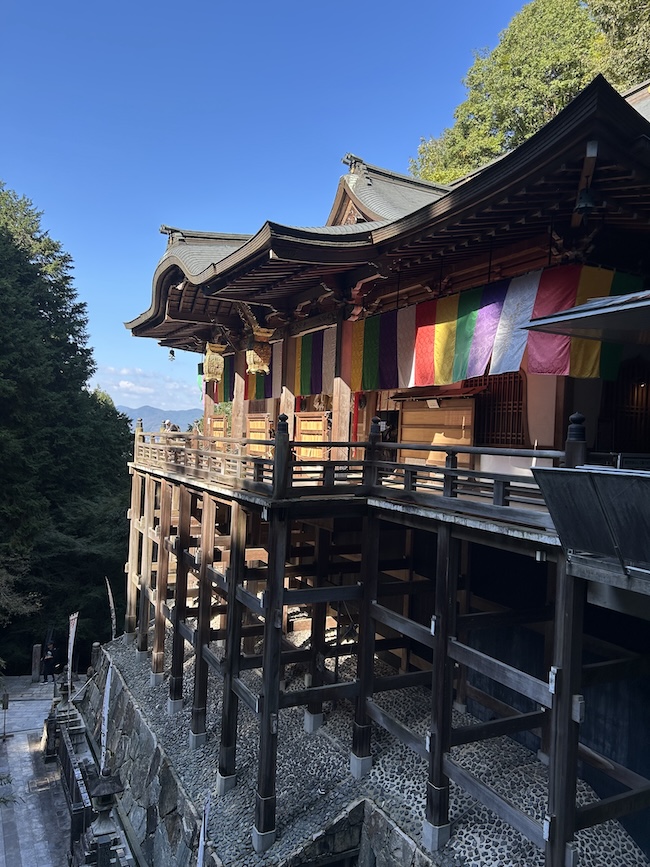
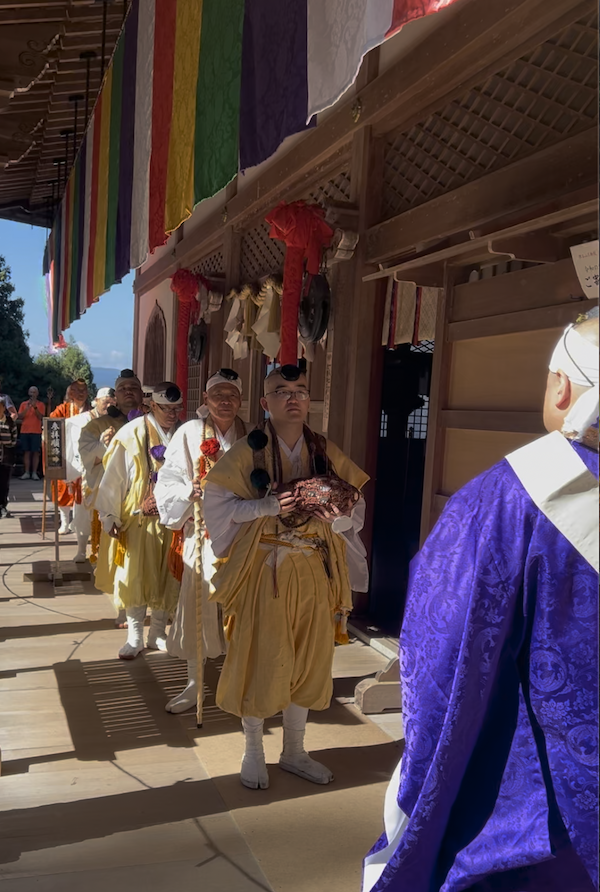
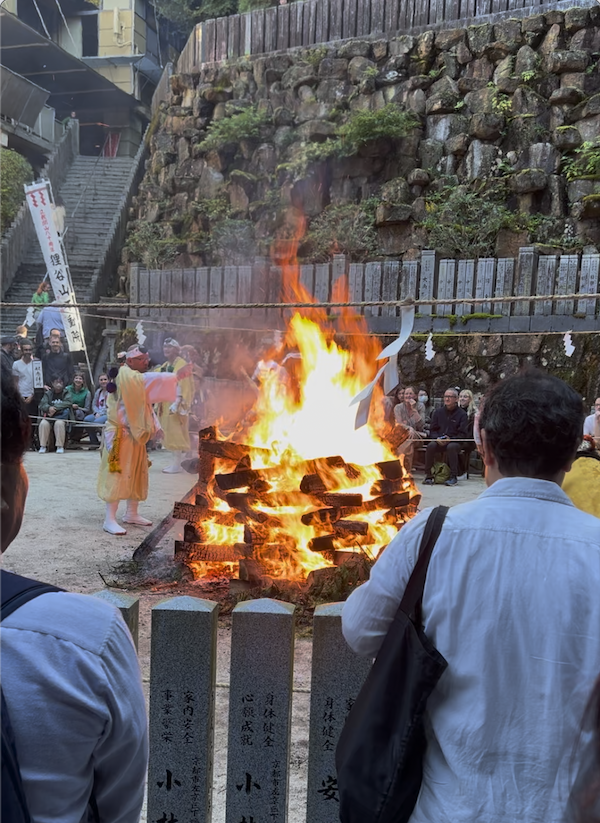
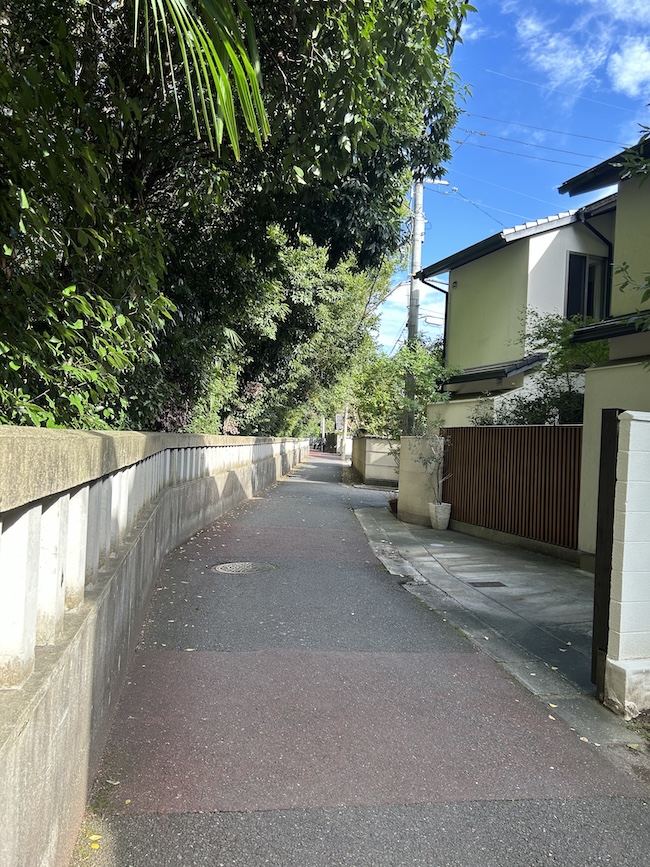
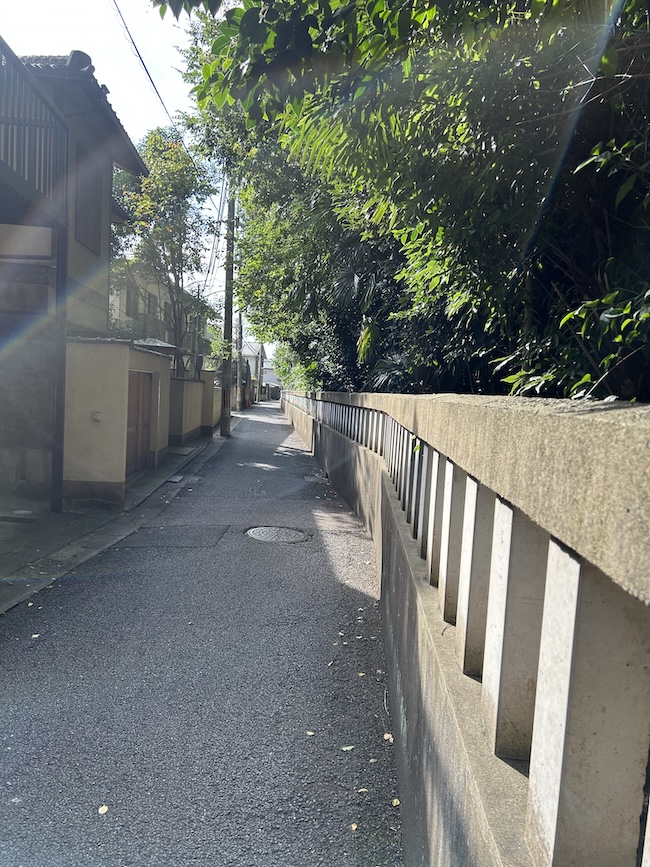
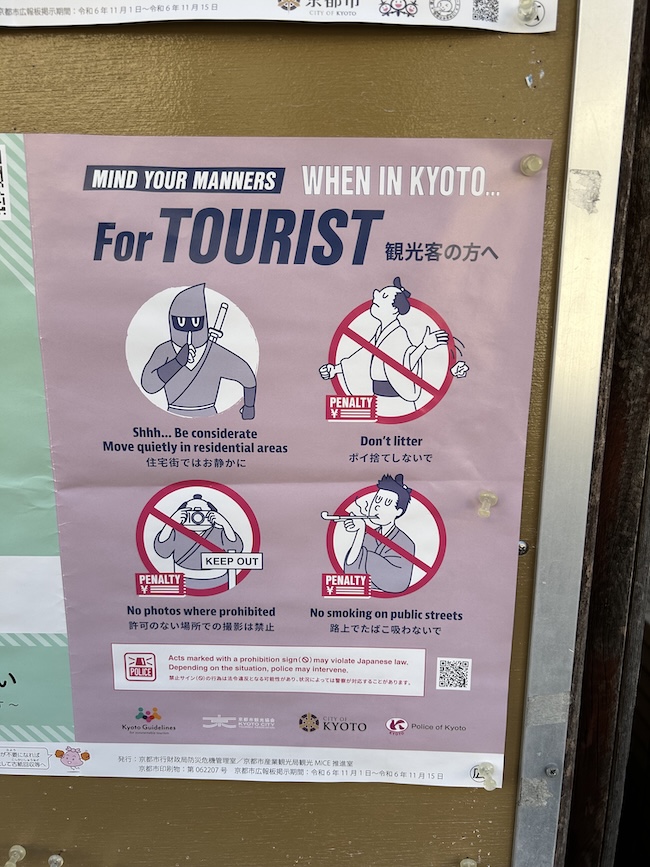
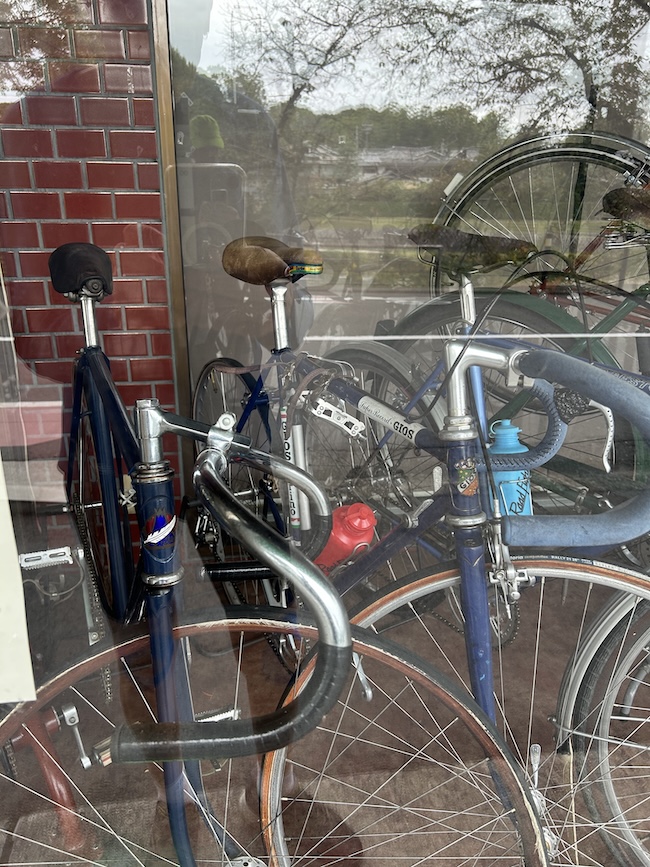
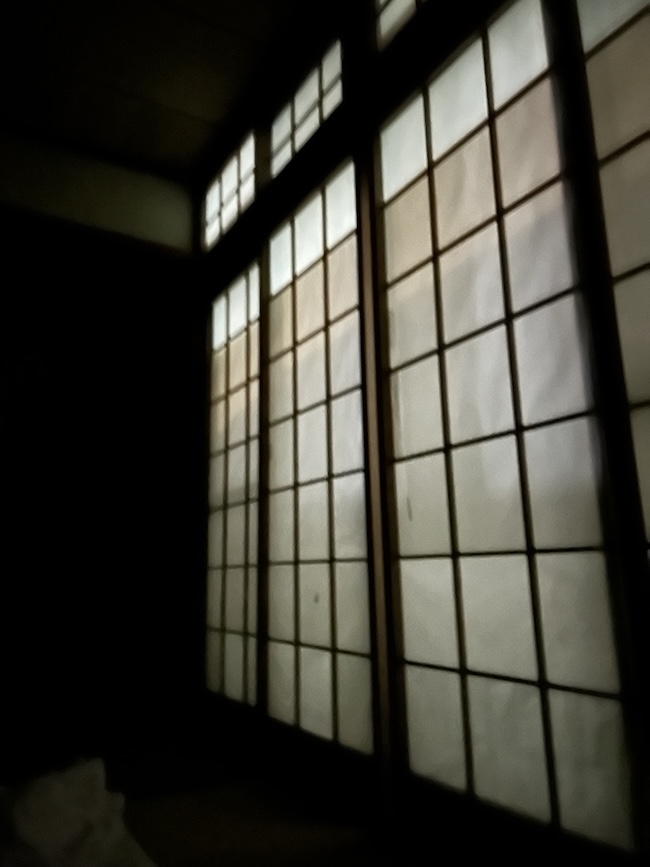
This Post Has 0 Comments